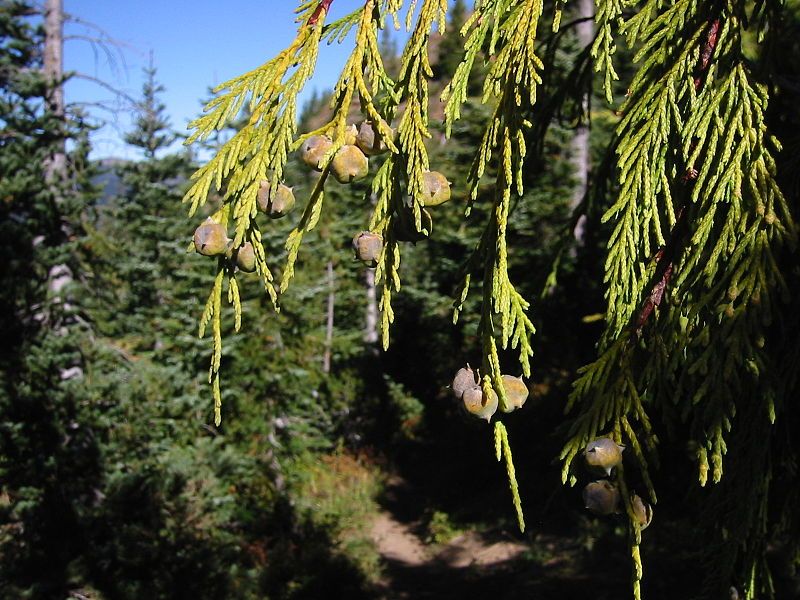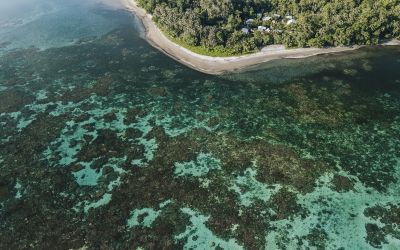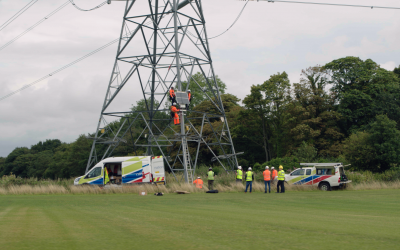Disappearing cedar mystery solved
The complexity of climate change’s interactions with the natural environment could not be more clearly demonstrated than with the decline of the yellow cedar in Alaska and British Columbia.

The complexity of climate change’s interactions with the natural environment could not be more clearly demonstrated than with the decline of the yellow cedar in Alaska and British Columbia. The tree has been dying off in large numbers for the last century, but up until now it has remained a mystery as to why. A new report published in the journal BioScience believes it has the answer.
The more obvious problems associated with a changing climate are difficult enough to predict; scientists are constantly working on how temperature or precipitation will change in the coming decades, especially on a local scale.
The decline in yellow cedar is not associated with a single change however. A change in temperature or precipitation alone could not cause its decline. It is rather a catenation of factors that is seeing its decline over 600,000 acres.
Reduced snow in the region, especially during the spring and autumn, are damaging the roots of the trees, not because of a lack of soil moisture, but because the loss of snow damages the roots of the trees, which are particularly shallow in the soil in order to absorb more nitrates; the snow acts as a protective layer, preventing the roots from freezing.
The yellow cedar is a very important species for both the natural environment, where it is a particularly common and numerous species, but also commercially and culturally. The tree is particularly slow growing; some around a thousand years old. It also is particularly significant to the native people of Alaska, who use it as a staple for timber.
Climate change means the problem will only get worse as well. Coastal Alaska will get less snow in future, but remain cold with a danger of extreme cold weather events. Work is under way to try and find a solution, but the scale of the problem is vast.






